XMM-Newton News Archive 2015 - XMM-Newton
XMM-Newton News Archive - Year 2015
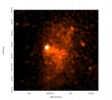 16-Jan-2015:
16-Jan-2015:Caught in the act: collision of two galaxy clusters ends almost deadly
Recent observations of the galaxy cluster RXCJ2359.5-6042 with the XMM-Newton space observatory reveal evidence for an ongoing merger that strips the smaller system of much of its gas.
Further details on the MPE portal and on National Geographic's pages.

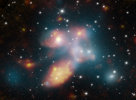 21-Dec-2015:
21-Dec-2015: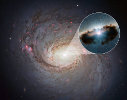 17-Dec-2015:
17-Dec-2015: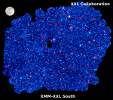 15-Dec-2015:
15-Dec-2015: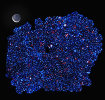 15-Dec-2015:
15-Dec-2015: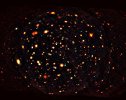 14-Dec-2015:
14-Dec-2015: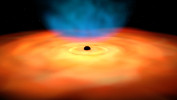 03-Dec-2015:
03-Dec-2015: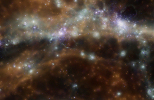 02-Dec-2015:
02-Dec-2015: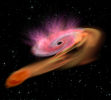 21-Oct-2015:
21-Oct-2015: 25-Aug-2015:
25-Aug-2015: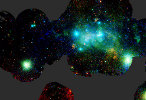 20-Aug-2015:
20-Aug-2015: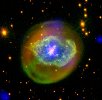 27-Jul-2015:
27-Jul-2015: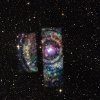 24-Jun-2015:
24-Jun-2015: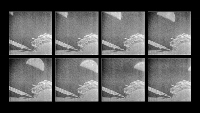 26-May-2015:
26-May-2015: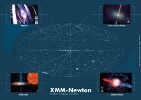 28-Apr-2015:
28-Apr-2015: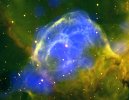 20-Apr-2015:
20-Apr-2015: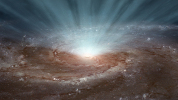 19-Feb-2015:
19-Feb-2015: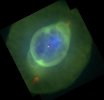 02-Feb-2015:
02-Feb-2015: